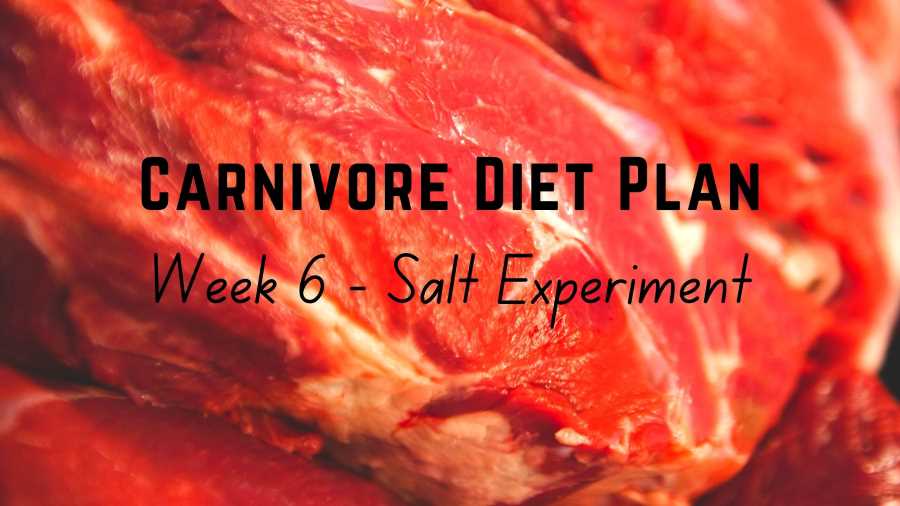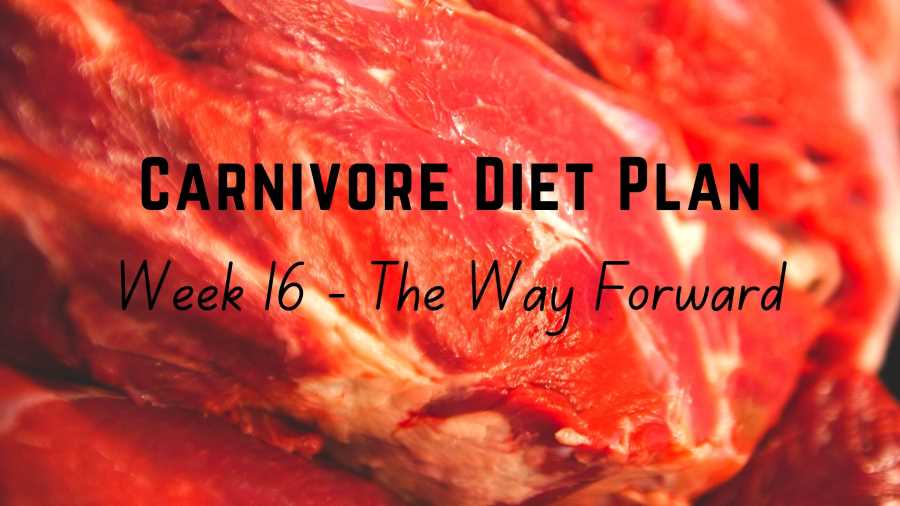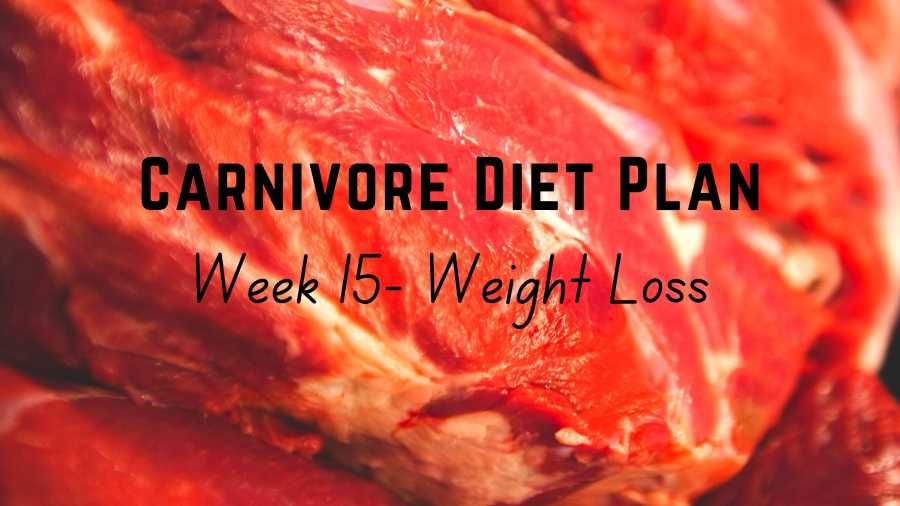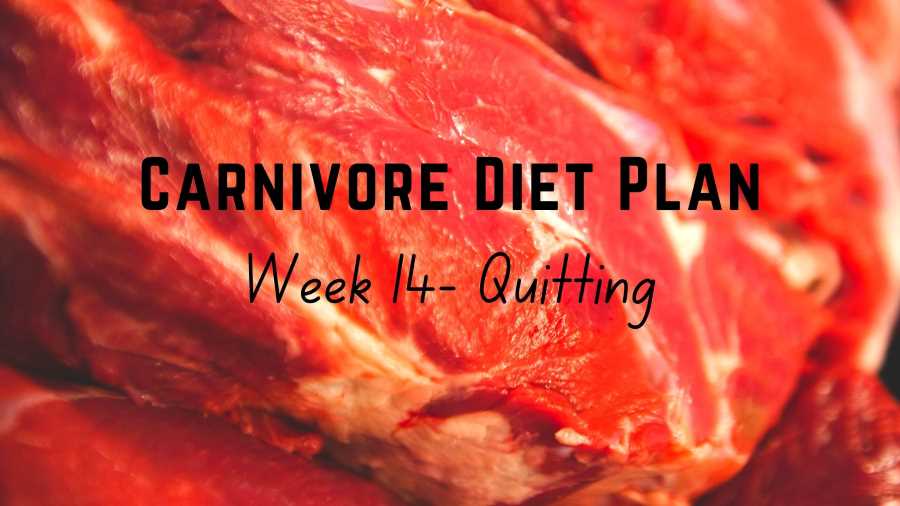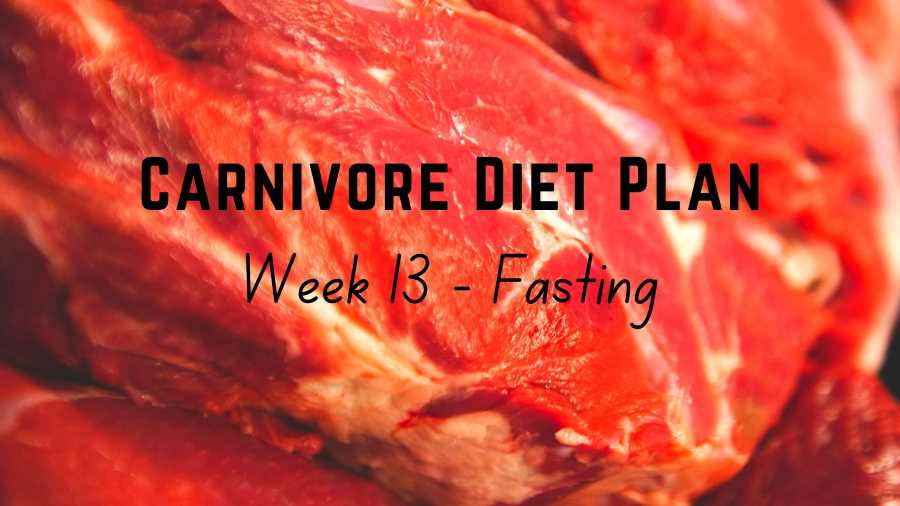This week you will continue with your diet of ruminant meat and organ meat but will experiment with going without salt to see how you feel.
I have previously written an in-depth post on the topic of salt on the carnivore diet, if you haven’t read it already, please check it out.
The main points of the post are summarized below.
Why do you need salt?
Salt contains sodium and chlorine, both of which are important electrolytes that help regulate body fluids and nerve and muscle function and maintain pH balance. [1]
Both sodium and chloride are essential for the proper functioning of your body. Your body can’t make them and must get them from food and drinks.
In healthy individuals, the blood sodium level is tightly controlled and maintained in a narrow range of 137 to 142 milliequivalents per liter (mEq/L) of plasma. Meanwhile, normal serum chloride concentrations are in the range from 96 to 106 mEq/L. [2, 3]
Your body has an amazing ability to maintain a normal level of sodium and other electrolytes in the body. The fluctuations in dietary intake of electrolytes don’t have any material impact on their serum levels unless your kidneys or senses are significantly impaired in some way. [4]
How much salt do you need?
Your salt requirement depends on many factors such as body size, diet, the level of physical activities, climate, and health conditions.
The bigger and the more physically active you are, the higher your salt need will be. You are also likely to need more salt in a hot and humid environment because you are likely to lose more salt through sweat.
In addition, the specifics of your diet can influence your salt requirement.
If your diet is high in carbohydrates, your sodium need will increase because sodium is needed to transport sugar from your gut to the bloodstream.
If your diet is potassium-rich, you can handle more salt than otherwise.
If you drink caffeinated drinks such as coffee, tea, and sports drinks, you might need more salt because caffeine intakes result in a loss of sodium, potassium and magnesium. According to Dr. James DiNicolantonio, drinking 4 cups of coffee can result in a loss of about 1/2 teaspoon of salt.
Due to insufficient data available, the National Academy of Medicine does not issue a Recommended Dietary Allowance but established an Adequate Intake for sodium of about 1.5 grams a day and for chlorine of 2.3 grams a day. This is equivalent to 3.8 grams or 2/3 of a teaspoon of salt a day.
Various other government health authorities and the WHO recommend that adults consume about one teaspoon of salt a day.
Risks associated with high salt intake
While you probably have been told repeatedly to limit your salt intake, having looked at the available literature, I find very little evidence supporting this recommendation. Please check out this post for a detailed review of available evidence.
In summary, in randomized controlled trials, the reduction of sodium intake is found to have only a modest impact on blood pressure and there is no strong evidence indicating that lowering salt intake leads to a decrease in mortality and cardiovascular risks.
In epidemiological studies, overall findings indicate that 3g to 6g of sodium a day is positively associated with better health outcomes. This level of sodium consumption is 2 to 4 times the currently recommended level.
In some large observational studies, a low salt intake of less than 3 grams a day was actually associated with worse health outcomes.[5, 6]
At best, the totality of evidence suggests that for people with high blood pressure, there is some benefit in maintaining a moderate salt consumption.
As for the general population, there is no strong evidence suggesting that they should limit their salt consumption.
How much salt did our ancestors eat?
There is no reported evidence indicating that our ancestors extracted salt, traded salt, or added salt to their diet. They got all the minerals and other nutrients from their diet which was mostly meat.[7]
Humans only began to search for salt and came to value it with the transition from living off the land via hunting and gathering to subsisting on agricultural produces.
So how much salt did our human ancestors get from their diet?
In a study that reconstructed the paleolithic diet using wild games and uncultivated vegetable foods, Easton et al (1997) estimated that preagricultural humans consumed only 768 mg of sodium daily. This is equivalent to about 2 grams or about 1/3 teaspoon of salt.[8]
However, note that this is a very rough estimate only based on recent hunter-gatherer societies’ diets. In particulars, the authors used a micronutrition composition consisting of 37% protein, 41% carbohydrates, and 22% fat.
While this might be the typical diet of recent hunter-gatherer groups, it is unlikely to be a good representative of our ancestors’ diet because the ecosystem of the 20th century hunter-gatherer societies is totally different from the ecosystem that existed 2 million years ago.[9]
In summary, there is no evidence throughout the history of evolution indicating that our ancestors added salt to their diet. Salt is a relatively recent addition to the human diet since the advent of agriculture.
No salt, low salt and high salt groups
There were some groups who followed traditional meat-based diets like the Eskimos and the Maasai and some of the northwest American Indians did not add salt to their food. The estimated salt content in their food is from less than 1 gram to a maximum of 5 grams a day.[10]
However, there are also some groups who add salt liberally to their diet and consume a large amount of salt daily (many times the current recommendation) as can be seen in the table below.

This clearly demonstrates humans’ amazing ability to live with a very low salt intake (1g a day) or very high salt intake (55g a day).
Do you need more salt on the carnivore diet?
As mentioned above, your salt requirement depends upon a number of factors including body size, the level of physical activity, climate, health conditions, and diet.
Some people are of the view that when you transition to the carnivore diet, you need to increase your salt intake substantially to 6-10 grams a day to compensate for the lost sodium as your body switches from burning sugar to burning fat for fuel.
However, this doesn’t make a lot of sense to me.
As mentioned above, if your diet is high in carbohydrates, your sodium need will increase. This is because once carbohydrates are broken down into sugar, absorptive cells in the small intestine need sodium in order to transport the sugar from your gut to the bloodstream.
When you are on the carnivore diet, your carb intake is negligible, therefore, your salt or sodium requirement will go down. There is no reason to deliberately add more salt to your diet.
In addition, your body has the ability to self-regulate to maintain healthy blood sodium and chlorine levels through thirst and antidiuretic hormone release, unless your kidneys or senses are significantly impaired in some way. [12, 13]
Why you should try to go without salt on the carnivore diet?
So far, my view on this carnivore plan has been you should use as much salt as you like to keep things simple as you try out the carnivore diet.
However, by now you would have been on the carnivore diet for a month or more and should be well-adapted to this diet if you adhere to it strictly.
I suggest that this week you try to go without salt to see how you feel. The reason for this recommendation is set out below.
As mentioned above, there is no reported evidence indicating that our ancestors extracted salt, traded salt, or added salt to their diet throughout most of human history. Salt was only added and valued since the dawn of agriculture.
Salt is only necessary if you are on a high-carb diet.
Some groups who followed traditional meat-based diets like the Eskimos and the Maasai and some of the northwest American Indians did not add salt to their food. This indicates that salt is an acquired taste rather than a necessity.
When Vilhjalmur Stefansson, an Arctic explorer and anthropologist, first lived with the Eskimos, he found that the Eskimos didn’t use salt and disliked salt. While he missed salt initially, he came to realize that salt was more of a custom than a necessity and, after a few months, could do without salt and didn’t miss it at all.[14]
If you do a bit of research on this topic, you will find that some people swear they feel better without salt on the carnivore diet.
For example, Joe and Charlene Anderson who have been on the carnivore diet for over 20 years say they don’t salt their meat, use any spice, or take any supplement.
If you eat when you are truly hungry, meat is delicious on its own, it doesn’t need salt or seasonings.
To me, removing salt from your diet is another step closer to truly eating the way our ancestors used to eat.
If you would like to try this salt experiment, you can either:
- go without salt completely for the whole week
- cut down salt intake slowly, or
- go for days with salt and days without salt.
Whichever way you want to go, keep records of how you feel so you can decide whether you should continue consuming salt or not.
Take-home message for this week
This week, in addition to eating a lot of ruminant meat and organ meat, try to go without salt. In summary:
- Eat ruminant meat (e.g. beef, lamb, bison, goat, kangaroo etc.)
- Eat only when you are hungry and eat until you are full but don’t overeat
- Cook some of your meat to blue, rare, medium rare, or medium
- Have liver and other organ meat regularly (3 – 5 times a week or more)
- Drink a small cup of bone broth daily
- Try to cut out salt altogether, reduce salt intake or go for days with and without salt to see how you feel
- Drink water to thirst
- Get about 30 minutes of sunlight every day.
Next week’s focus is on ancestral movements. To help with that process, please track your physical activities this week. using this Physical Activity Diary.
Links to all posts in the 16-week carnivore diet plan
- 16-Week Carnivore Diet Plan: An overview
- Week 1: Preparation
- Week 2: Ruminant and liver
- Week 3: Ruminant and more organ meat
- Week 4: Fat to protein ratio
- Week 5: Sun exposure
- Week 6: Salt experiment
- Week 7: Ancestral movements
- Week 8: Meal frequency and meal timing
- Week 9: Intolerance testing (other animal-based food)
- Week 10: Intolerance testing (fruits)
- Week 11: Intolerance testing (other plant food)
- Week 12: How much to eat
- Week 13: Fasting
- Week 14: Quitting
- Week 15: Weight loss
- Week 16: The Way Forward.
If you find this post helpful, please consider sharing this post and my site with your family, friends, and followers. That would be much appreciated. Please also check out my library of articles on the carnivore diet here which is updated regularly.
Disclaimer: The information in this post is for reference purposes only and not intended to constitute or replace professional medical advice. Please consult a qualified medical professional before making any changes to your diet or lifestyle.
Photo credit: Julian Peter on Pexels

